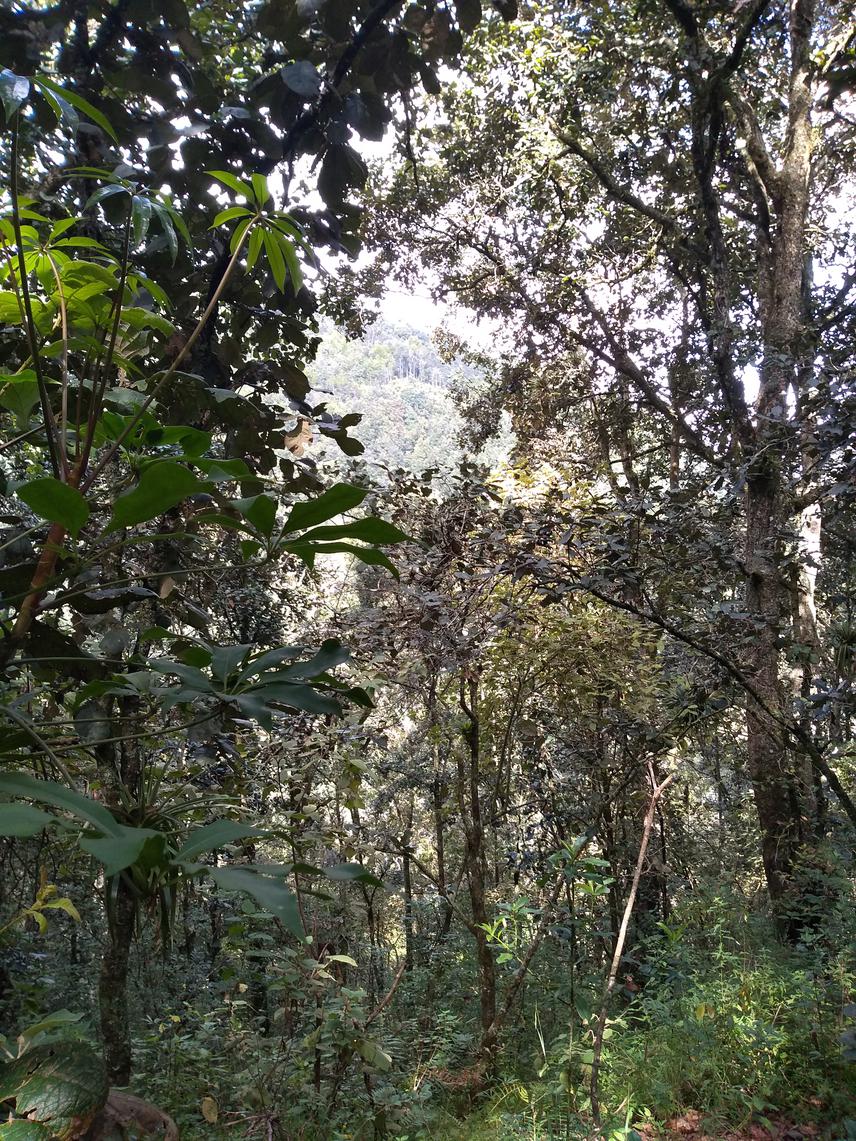Marisol Martínez Ramos
The objective of this project is to test whether the use of native species has been favourable for the restoration of humid mountain forests in the Mexican southeast. Two major restoration techniques have been implemented in this region: passive restoration (targeting an area within the territory for conservation and avoiding human disturbance) and active restoration (with native tree plantations). By comparing these two techniques, it can be verified if the use of native tree species is more effective and accelerates the restoration of the forest, a difference of target areas only for conservation, allowing ecological succession to occur naturally. This work hopes to obtain important ecological information for large-scale decision-making.

This project has the support of the Forest Conservation and Restoration Group, it belongs to the Colegio de la Frontera Sur. This working group has generated knowledge on biological diversity with an emphasis on the humid mountain forests of south-eastern Mexico. Having their support has led us to develop the project "Ecological restoration experiences: native species to accelerate the recovery of the cloud forest", whose main objective is to understand the ecological patterns and processes that occur in disturbed ecosystems, It is hoped to test whether the use of native tree species is useful in the practice of ecological restoration. It is expected to test whether this method is an effective alternative for the conservation and sustainable management of the humid mountain forest. Projects comparing the trajectories of areas within the same forest assigned to active and passive restoration are rare. Carrying out these comparisons does not allow knowing the performance of the actions taken, such as enrichment through the planting of native tree species.
In many cases, the costs of these actions are enormous, and their efficiency has not been proven. The information on these two conditions will be contrasted to generate an outline of the current state of the forest in terms of composition (richness, abundance and diversity of species), structure (coverage, size, basal area and dominance of species) and functionality (content of matter organic and soil nutrients). Also, check if the species registered in the study area are under some IUCN criteria. In a broader perspective, this work aims to contribute to the generation of strategies based on the use of native species for the recovery of cloud mountain forests. This contribution is necessary for the sustainable management of the resources offered by the forest. Specially to provide relevant information on timber and non-timber resources in the mountain cloud forest of south-eastern Mexico. Finally, it is the first step to create and main strategies for collective conservation, such as the creation of plant nurseries and local seed banks, as well as promoting the participation of various actors in the process.